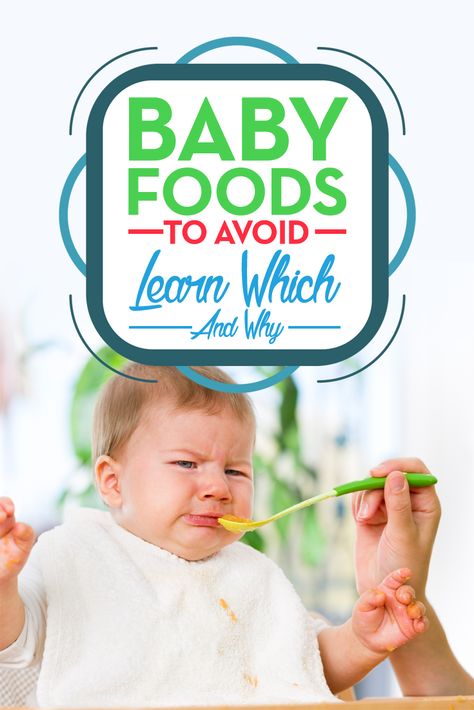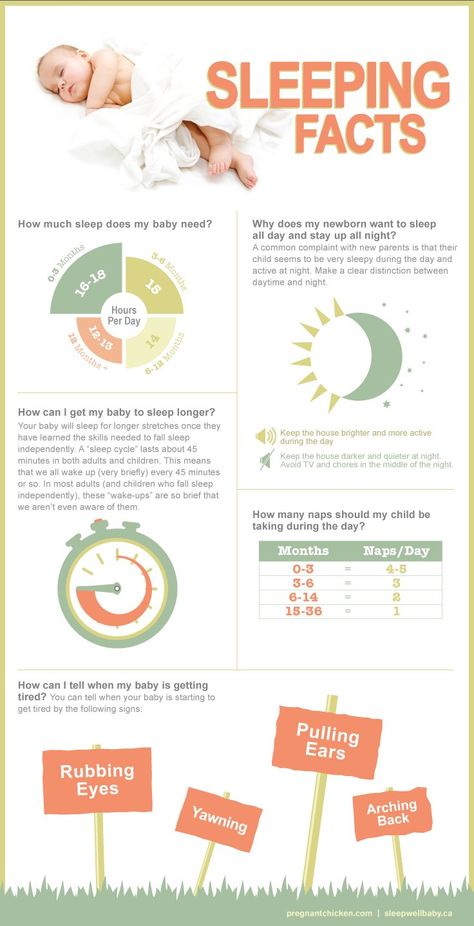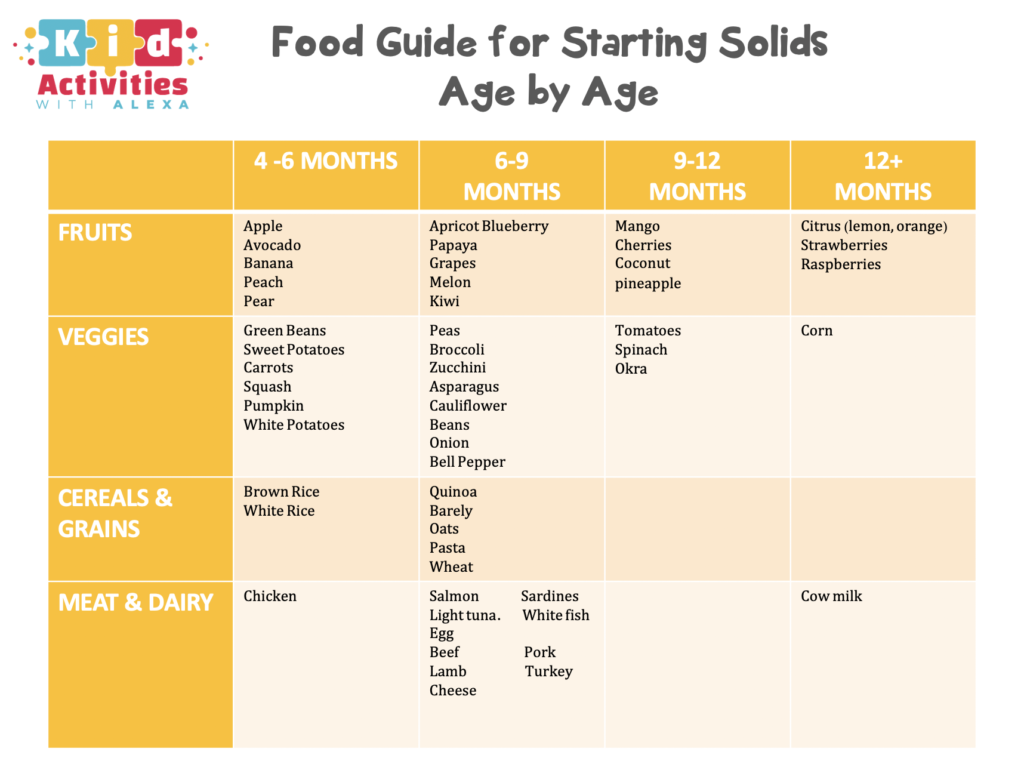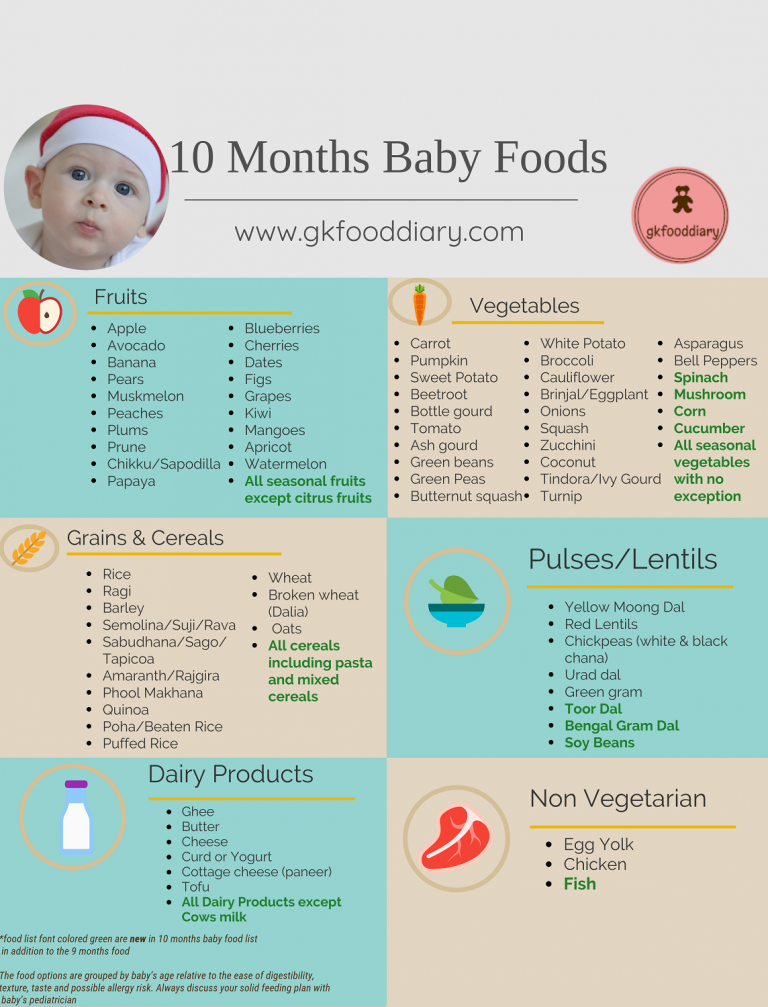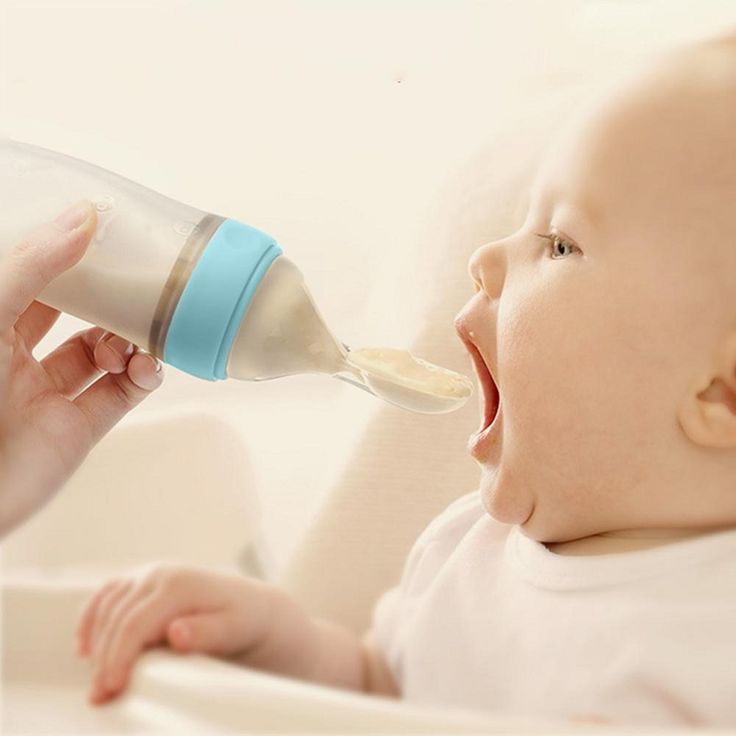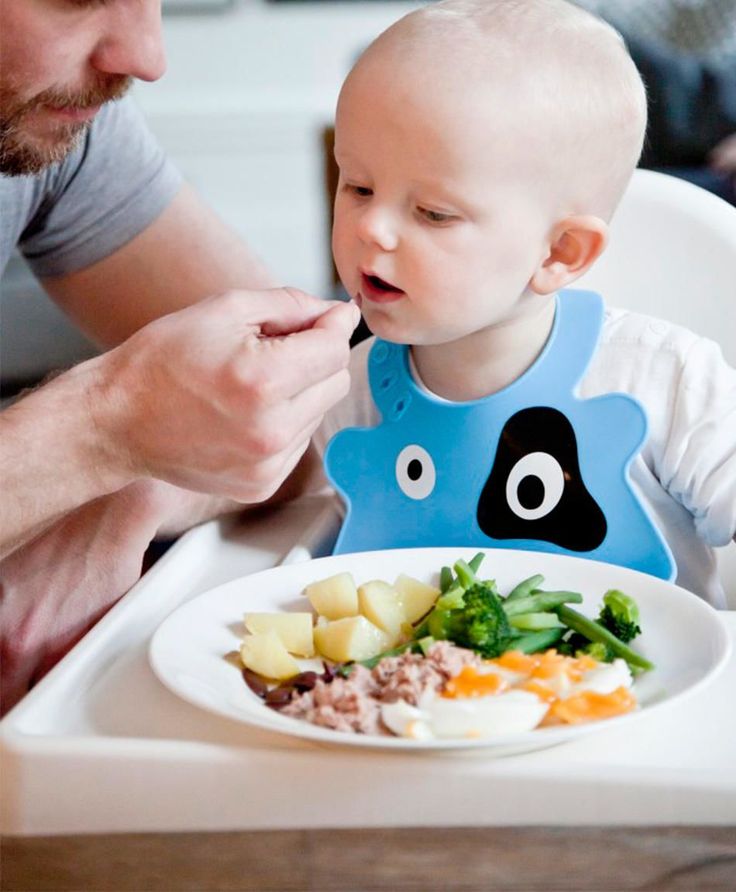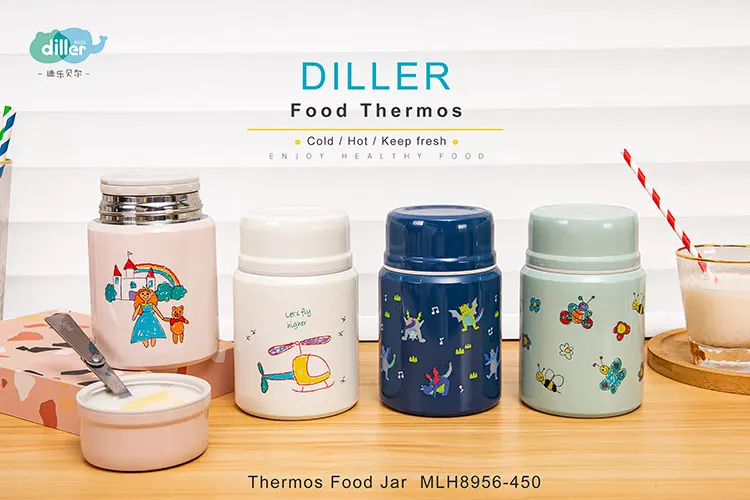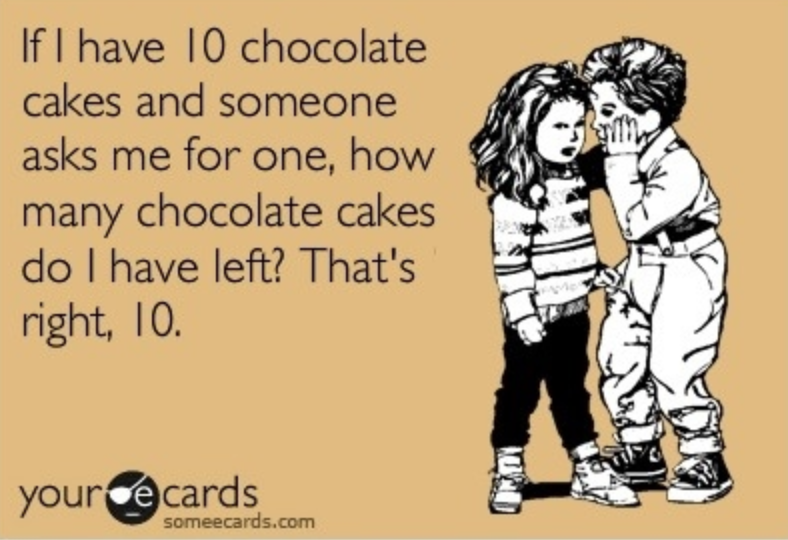Dangerous foods for babies
Foods to avoid feeding your baby
Foods to avoid giving your baby include honey, cow's milk, soy milk, fruit juice, sugar-sweetened beverages, unpasteurized foods, and foods with added sugars or too much sodium. Choking hazards are a serious concern, so don't offer large chunks, raw vegetables, nuts and seeds, hard or crunchy foods, sticky foods, or dollops of nut butters. If allergies run in your family or your baby has eczema, check with the doctor about introducing allergenic foods such as egfgs, peanuts, tree nuts, wheat, soy, fish, and shellfish.
As your baby grows, they'll be eager to sample food from your plate – and you'll be eager to introduce some variety. But not all foods are safe for your child.
Foods to avoid: Birth to 6 months
All food and beverages except breast milk or formula: The American Academy of Pediatrics (AAP) recommends feeding your baby only breast milk or formula for about the first 6 months.
Foods to avoid: 6 to 12 months
Honey: Honey can harbor spores of Clostridium botulinum, which causes botulism. An adult's intestinal tract can prevent the growth of these spores, but in a baby the spores can grow and produce life-threatening toxins.
Cow's milk and soy milk: Stick with breast milk or formula until your child's first birthday. Why? Your baby can't digest the proteins in cow's milk and soy milk during the first year, and these beverages contain minerals in amounts that can damage your baby's kidneys.
Fruit juice and sugar-sweetened beverages: Juice (even 100 percent fruit juice) and sugar-sweetened beverages such as soda and sports drinks aren't recommended for children under 12 months. When babies fill up on these drinks, they miss out on getting the nutrients they need. And though fruit juice seems healthy, it has far more calories and sugar than fresh fruit and can contribute to weight gain and tooth decay. The AAP recommends no fruit juice for babies, and just 4 ounces per day maximum for toddlers ages 1 to 3.
Unpasteurized foods: Don't give babies and children unpasteurized juice or cider or unpasteurized (raw) dairy products.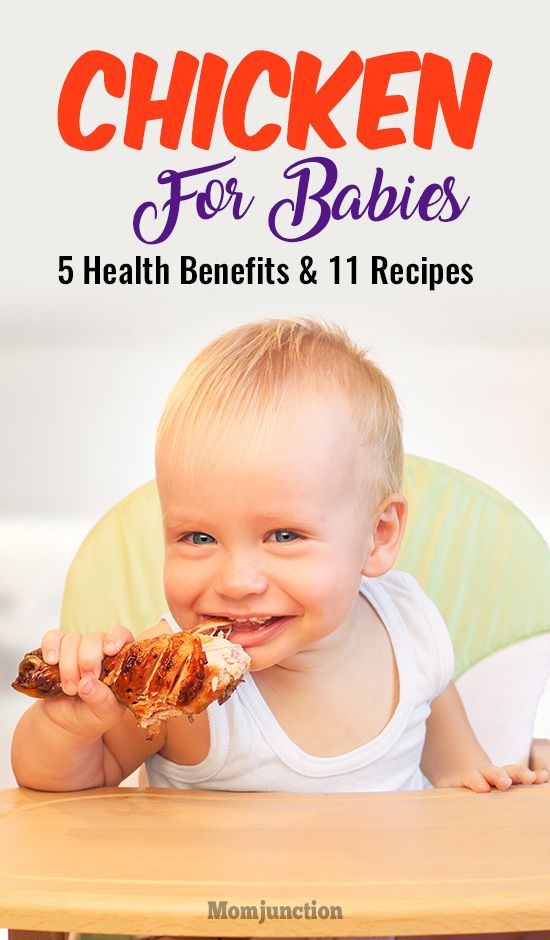 These may contain harmful bacteria and parasites that can lead to serious illness or death.
These may contain harmful bacteria and parasites that can lead to serious illness or death.
Added sugars: Avoid added sugar in the diets of children under age 2, the U.S. Department of Agriculture and U.S. Department of Health and Human Services advise. These are sugars and syrups that are added to foods or beverages when they are processed or prepared. This doesn't include sugars found in milk and fruits. Too much added sugar in children's diets has been linked to obesity and increased risk for future health problems such as diabetes and heart disease. Check the Nutrition Facts label on packaged foods, and avoid those that list 1 g or more of "Added Sugars."
Too much sodium: Sodium is an essential nutrient primarily consumed as salt. However, too much can be harmful. Children this age don't need more than 1,200 mg of sodium per day, according to the USDA and DHHS. Check the Nutrition Facts label when buying canned, frozen, and packaged foods.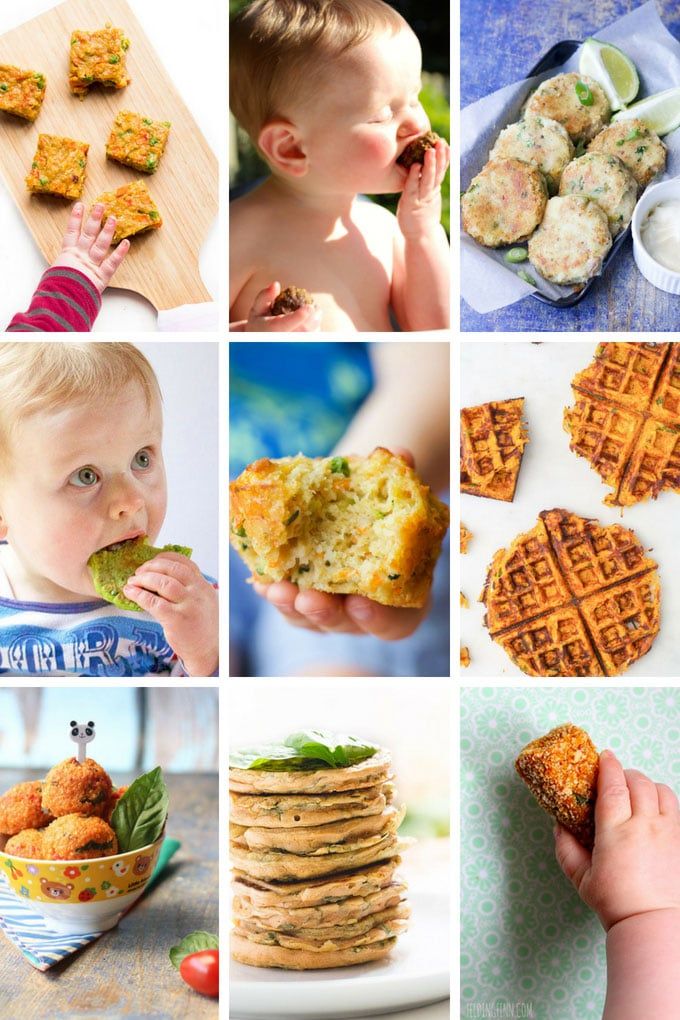
Large chunks: A chunk of food can get stuck in your baby's throat. The AAP recommends that you cut food into pieces no larger than 1/2 inch. For example, cut up fruits such as grapes, cherry tomatoes, and strawberries, and shred or finely chop meats, vegetables, and cheeses.
Raw vegetables: Soft-cook vegetables such as carrots, celery, and broccoli, and dice, shred, or cut them into pieces no larger than 1/2 inch before serving.
Nuts and seeds: Remove seeds and pits from fresh fruit such as watermelon, peaches, plums, and cherries before serving. And don't feed your baby nuts or seeds, such as sunflower or pumpkin seeds. Seeds may be too small to choke on but can get stuck in a child's airway and cause an infection.
Hard or crunchy foods: Nuts, popcorn, and pretzels are all choking hazards, as are all hard candies and cough drops.
Sticky foods: Chewing gum and sticky foods – such as jelly or gummy candies, dried fruit, and marshmallows – can get lodged in your baby's throat.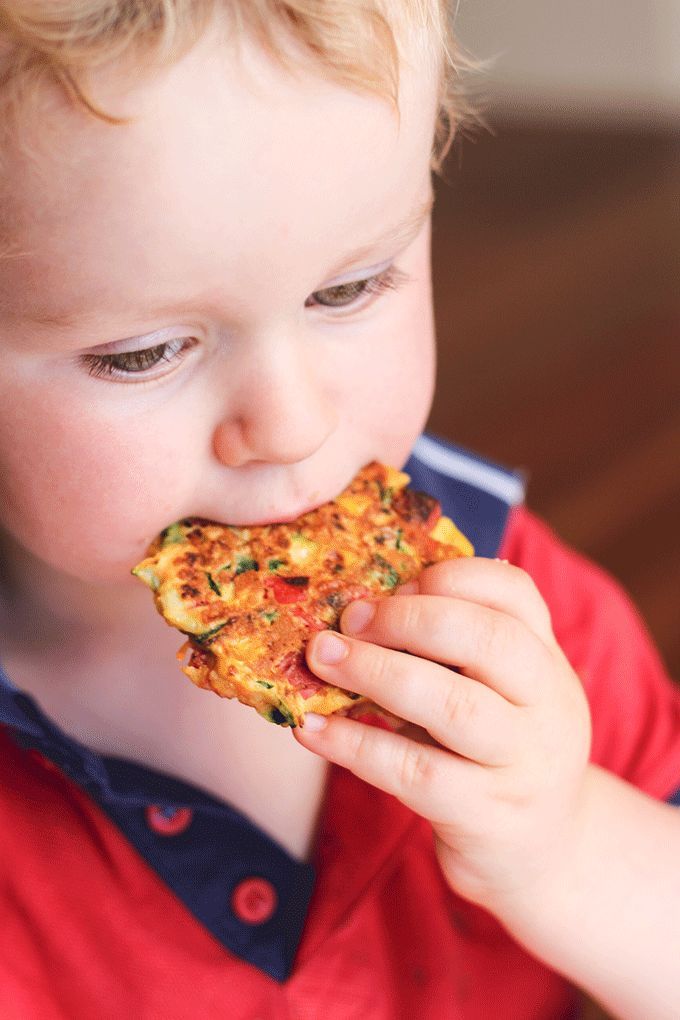 Stringy, melted cheese can also be a choking hazard.
Stringy, melted cheese can also be a choking hazard.
Nut butter: The sticky consistency of peanut butter and other nut butters can make it hard for your baby to swallow it. Spread nut butter thinly on bread or crackers. Or thin it with water or applesauce.
Learn more about preventing choking in young children.
Find out about choosing safe finger foods and which foods can be unsafe for toddlers and children up to age 5.
The latest on children and food allergies
Doctors used to recommend waiting until age 1 or even later to introduce solid foods that are common allergens, especially with children at risk for allergies. But the AAP has changed its tune, because studies show that these delays don't help prevent allergies and may even increase the risk of them.
You may be told to introduce foods one at a time, waiting three to five days after each new food to watch for any allergic reaction. Or your doctor may say it's fine to start multiple new foods at once.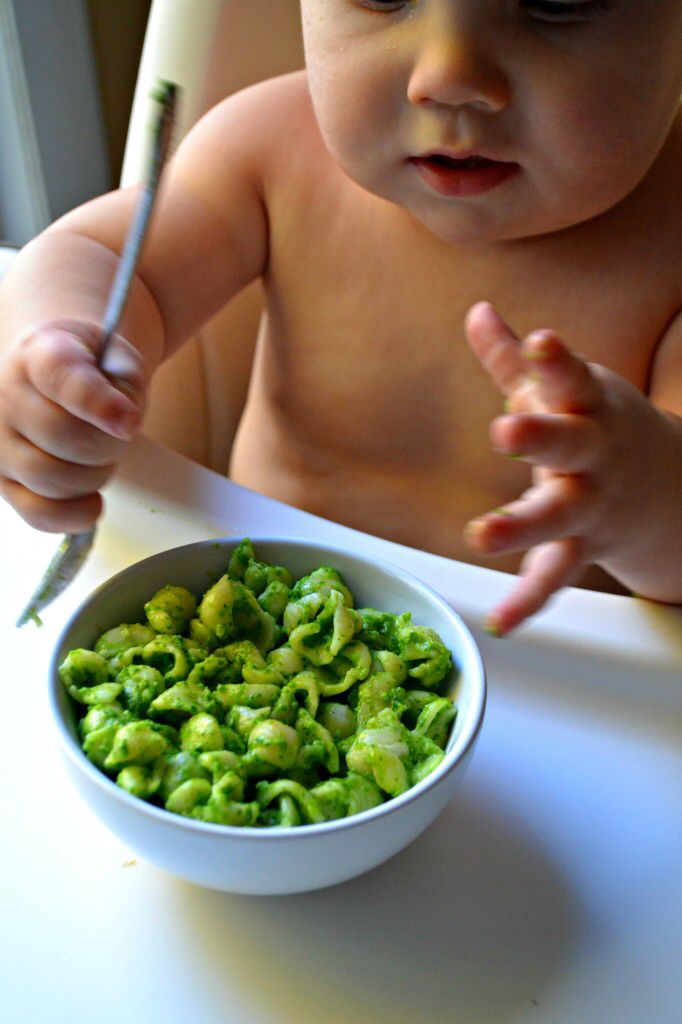 If you believe your baby is likely to have food allergies – for example, if allergies run in your family or your baby has eczema – check with their doctor to determine the best strategy for introducing allergenic foods, which include eggs, milk, peanuts, wheat, soy, tree nuts, fish, and shellfish.
If you believe your baby is likely to have food allergies – for example, if allergies run in your family or your baby has eczema – check with their doctor to determine the best strategy for introducing allergenic foods, which include eggs, milk, peanuts, wheat, soy, tree nuts, fish, and shellfish.
Read more about food allergies in children.
Foods to avoid giving babies and young children
Salt
Babies should not eat much salt, as it's not good for their kidneys.
Do not add salt to your baby's food or cooking water, and do not use stock cubes or gravy, as they're often high in salt.
Remember this when you're cooking for the family if you plan to give the same food to your baby.
Avoid salty foods like:
- bacon
- sausages
- chips with added salt
- crackers
- crisps
- ready meals
- takeaways
Sugar
Your baby does not need sugar.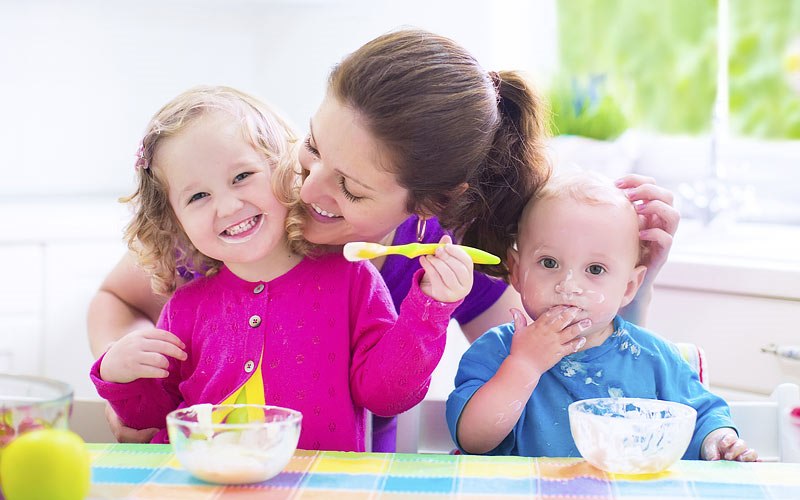
By avoiding sugary snacks and drinks (including fruit juice and other fruit drinks), you'll help prevent tooth decay.
Saturated fat
Do not give your child too many foods that are high in saturated fat, such as crisps, biscuits and cakes.
Checking the nutrition labels can help you choose foods that are lower in saturated fat.
See more on food labels.
Honey
Occasionally, honey contains bacteria that can produce toxins in a baby's intestines, leading to infant botulism, which is a very serious illness.
Do not give your child honey until they're over 1 year old. Honey is a sugar, so avoiding it will also help prevent tooth decay.
Whole nuts and peanuts
Whole nuts and peanuts should not be given to children under 5 years old, as they can choke on them.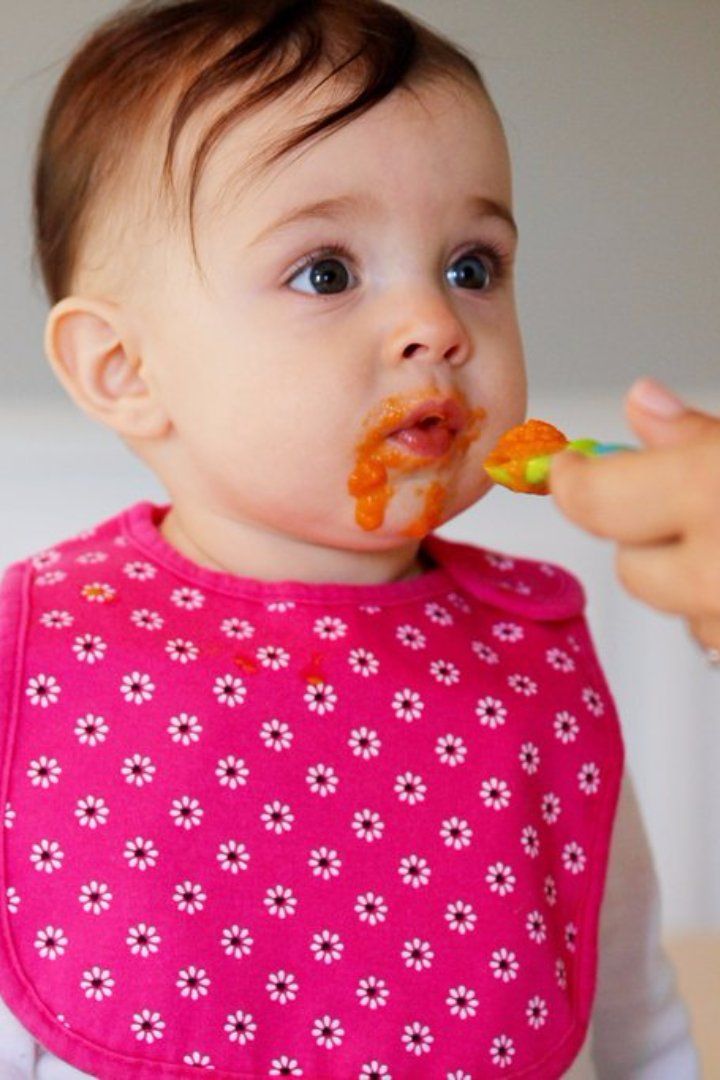
You can give your baby nuts and peanuts from around 6 months old, as long as they're crushed, ground or a smooth nut or peanut butter.
If there's a history of food allergies or other allergies in your family, talk to your GP or health visitor before introducing nuts and peanuts.
See more on food allergies in babies and young children.
Some cheeses
Cheese can form part of a healthy, balanced diet for babies and young children, and provides calcium, protein and vitamins.
Babies can eat pasteurised full-fat cheese from 6 months old. This includes hard cheeses, such as mild cheddar cheese, cottage cheese and cream cheese.
Babies and young children should not eat mould-ripened soft cheeses, such as brie or camembert, or ripened goats' milk cheese and soft blue-veined cheese, such as roquefort.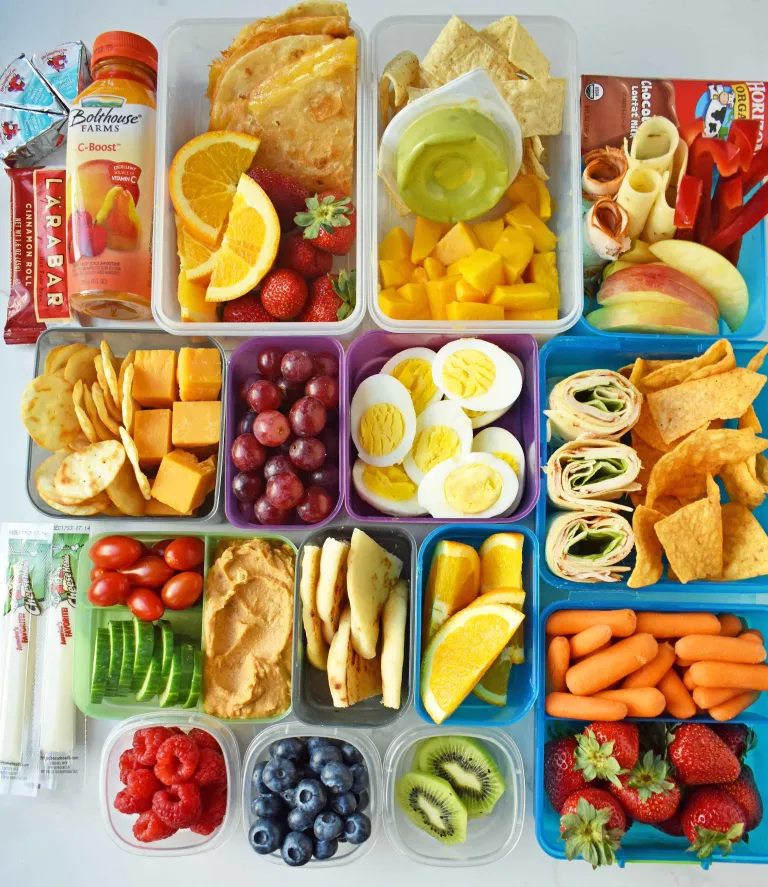 There's a higher risk that these cheeses might carry a bacteria called listeria.
There's a higher risk that these cheeses might carry a bacteria called listeria.
Many cheeses are made from unpasteurised milk. It's better to avoid these because of the risk of listeria.
You can check labels on cheeses to make sure they're made from pasteurised milk.
But these cheeses can be used as part of a cooked recipe as listeria is killed by cooking. Baked brie, for example, is a safer option.
Raw and lightly cooked eggs
Babies can have eggs from around 6 months.
If the eggs are hens' eggs and they have a red lion stamped on them, or you see a red lion with the words "British Lion Quality" on the box, it's fine for your baby to have them raw (for example, in homemade mayonnaise) or lightly cooked.
Hens' eggs that do not have the red lion mark should be cooked until both the white and yolk are solid.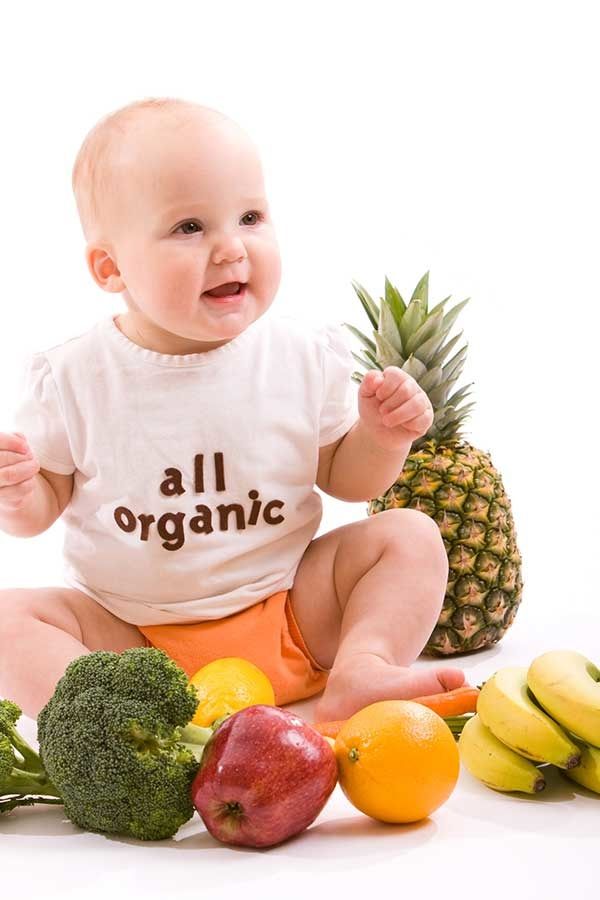 So should duck, goose or quail eggs.
So should duck, goose or quail eggs.
Avoid raw eggs, including uncooked cake mixture, homemade ice creams, homemade mayonnaise, or desserts that contain uncooked egg that you cannot confirm are red lion stamped.
Rice drinks
Children under 5 years old should not have rice drinks as a substitute for breast milk or infant formula (or cows' milk after 1 year old) as they may contain too much arsenic.
Arsenic is found naturally in the environment and can find its way into our food and water.
Rice tends to take up more arsenic than other grains, but this does not mean that you or your baby cannot eat rice.
In the UK, there are maximum levels of inorganic arsenic allowed in rice and rice products, and even stricter levels are set for foods intended for young children.
Do not worry if your child has already had rice drinks. There's no immediate risk to them, but it's best to switch to a different kind of milk.
There's no immediate risk to them, but it's best to switch to a different kind of milk.
Raw jelly cubes
Raw jelly cubes can be a choking hazard for babies and young children.
If you're making jelly from raw jelly cubes, make sure you always follow the manufacturers' instructions.
Raw shellfish
Raw or lightly cooked shellfish, such as mussels, clams and oysters, can increase the risk of food poisoning, so it's best not to give it to babies.
Shark, swordfish and marlin
Do not give your baby shark, swordfish or marlin. The amount of mercury in these fish can affect the development of a baby's nervous system.
Further information
For more information and advice about babies and food, see:
- food allergies in babies and young children
- your baby's first solid foods
- baby and toddler meal ideas
Harmful foods for children
The body of a small child is still very weak, any careless action can bring an imbalance into this extremely fragile system.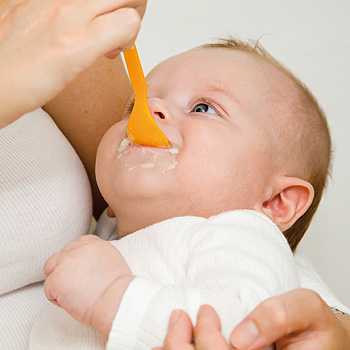 The baby's digestive system is especially susceptible to all sorts of threats, because the child is just learning to eat adult food.
The baby's digestive system is especially susceptible to all sorts of threats, because the child is just learning to eat adult food.
We all know what is healthy and necessary for a child to eat. But we often forget that some foods can be harmful to health, especially for the health of the child. What are these products?
Of course, everyone's favorite sweets - sweets, cakes, cookies are in the first place. These products do not carry any benefit; neither vitamins nor minerals enter the body with them. In addition, sweets discourage appetite for healthier foods, which also does not add benefits. Therefore, the child should be given confectionery very rarely, in small quantities.
It is also important to remember that sweets damage teeth and can affect the normal development of a child's teeth.
Canned fruits and vegetables should also be avoided. Fresh fruits and vegetables are much healthier for your child.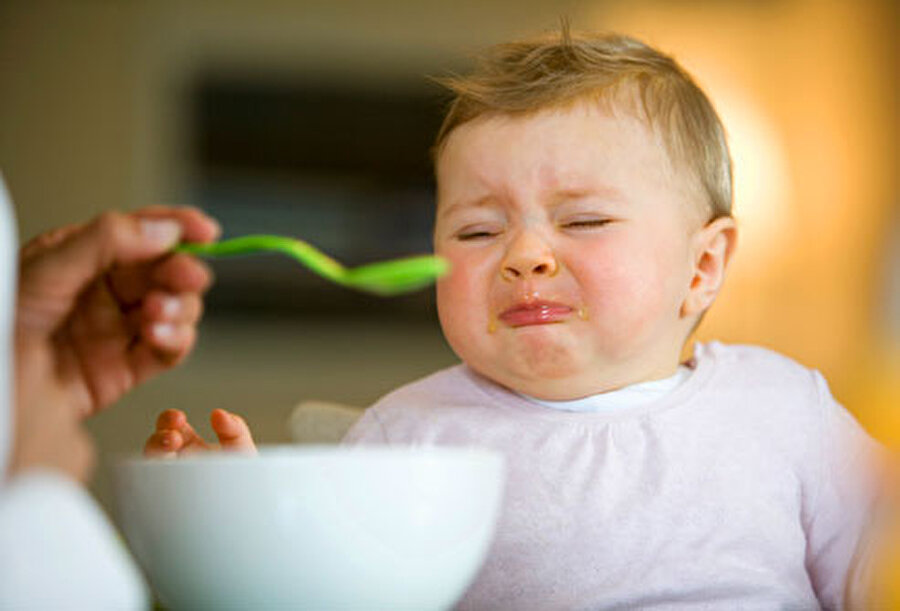 Canned meat and fish may contain various chemical additives that give them an appetizing appearance and flavor. But these additives are extremely hazardous to health. Do not give these products to children!
Canned meat and fish may contain various chemical additives that give them an appetizing appearance and flavor. But these additives are extremely hazardous to health. Do not give these products to children!
Sweet carbonated water - irreparable harm to a fragile child's body! Doctors never tire of repeating how dangerous this product is. Indeed, in addition to sugar, soda contains many chemical dyes and flavors that simply “kill” the human digestive system. It is better not to give the baby the opportunity to fall in love with sweet soda.
Fast food is practically the quintessence of all harmful things. In such, so to speak, food, a lot of saturated fats and carbohydrates, synthetic additives and substitutes. Pediatricians urge parents not to accustom children to fast food.
Chips, croutons and other snacks are also known for their "harmfulness". A lot of fat and chemicals are also used in the production of these products.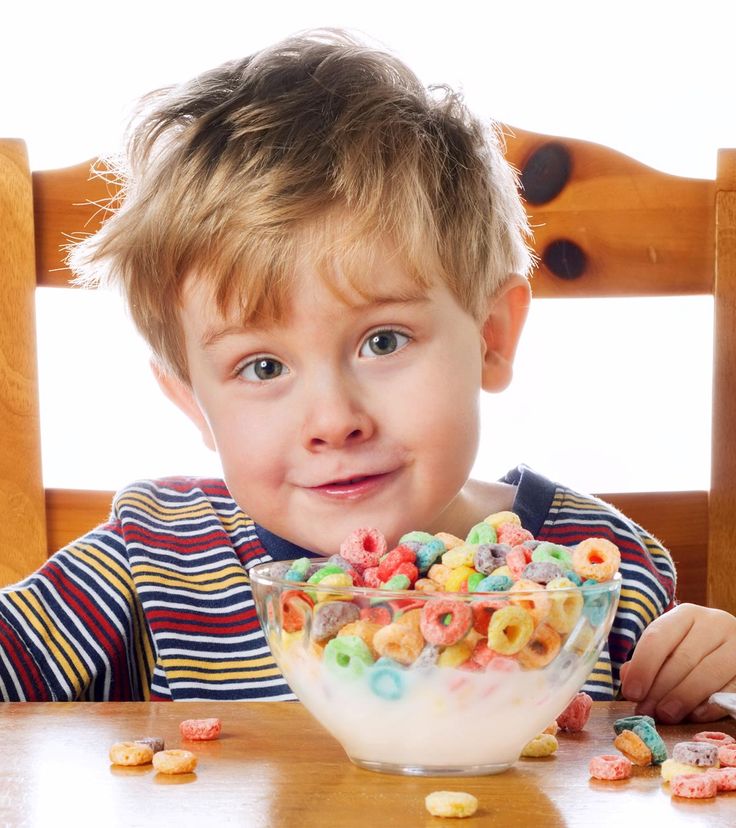 Therefore, to preserve the health of the child, such food should not be given to him.
Therefore, to preserve the health of the child, such food should not be given to him.
Even such familiar foods as boiled and smoked sausages, meat and fish delicacies are very harmful to the child's body due to their saturation with various spices and additives.
Separately, it is worth mentioning mushrooms - they should not be eaten by small children. Not only are mushrooms generally difficult to digest by the human body, but also modern ecology makes this product even more dangerous. After all, mushrooms absorb from the environment all those harmful substances that are in it.
Unfortunately, we ourselves, the parents of , teach the child to harmful products. It is we who promise the child sweets as a reward. This is us taking the kid to fast food on holidays. And we ourselves eat all those harmful foods from which we so want to protect our children.
In order to provide the child with all the necessary nutrients and not harm the fragile health of children, you need to remember that boiled, baked or steamed food is more beneficial for the child. The less fried food in the baby's diet, the better. You should prepare dishes for the child from natural, high-quality products, without various preservatives, sweeteners and flavor enhancers.
The less fried food in the baby's diet, the better. You should prepare dishes for the child from natural, high-quality products, without various preservatives, sweeteners and flavor enhancers.
List of harmful foods for children: what not to feed a child - April 4, 2021
Lifestyle
April 4, 2021, 14:17
34 comments / 74.RUShare
It's not just about sugar.
We decided to take a closer look at children's food and find out what children should stay away from. It is clear that the list would definitely include lollipops and other sweets, curd cheeses, ketchups with mayonnaise - you yourself can tell anyone about the harmful properties of these products. But there is food that only seems harmless.
Here's what's harmful about foods popular with children
Author: Pyotr Gindin
We didn't disassemble fast food into molecules, but we studied other foods that are popular with childrenPhoto: Ilya Barkhatov / 74.RU What is really hidden in nuggetsVitaly Kalistratov / Network of city portalsReconstituted juice is not the best treat for children
Vitaly Kalistratov / Network of city portalsHow to distinguish good yogurt from bad
Vitaly Kalistratov / Network of city portals
1
Chicken nuggets
At first glance, there is nothing wrong with nuggets - chicken breast, breading of flour or breadcrumbs, sometimes cheese - that, in general, is the whole composition. But while manufacturers focus on the fact that their nuggets are made from real chicken, let's take a closer look at this dish. The first thing that brings all possible benefits to zero is deep fat. With this method of heat treatment, carcinogens are formed, and a merciless amount of oil makes the product fatty and high-calorie.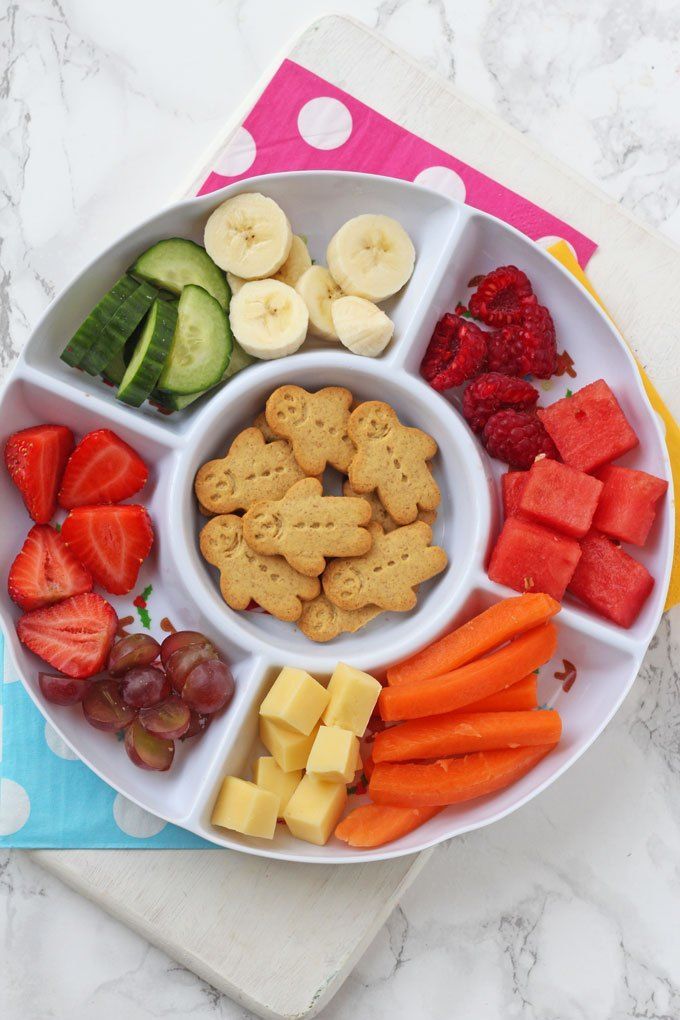
Another point is the proportion of meat and everything else. The examination showed that often there is a lot of breading in nuggets - up to 50% of the total mass. There are no regulations regarding ingredients, so, in fact, manufacturers do not violate anything. But not only do you overpay for crackers and butter, it also turns out that the protein in the nuggets is less than it should be in the chicken breast, and there are too many carbohydrates.
Nuggets can also contain too much moisture. Yes, this makes them juicier, but you overpay for plain water. And due to the fact that in addition to chicken meat, nuggets contain many other ingredients (including those not indicated in the composition), their nutritional value is much lower compared to the same chicken breast.
What is really hidden in nuggetsVitaliy Kalistratov / Network of city portals
And do not forget that nuggets are a product of deep processing. With sugar (even if it is not felt, but it is) and added fats.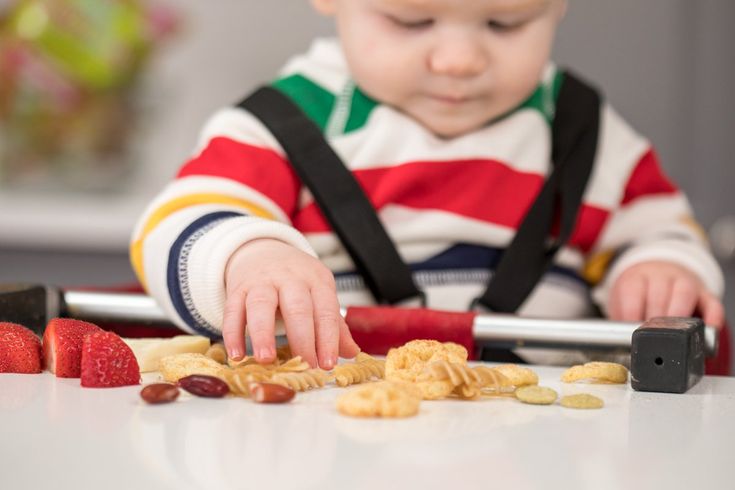
“Over time, due to uncontrolled consumption of large amounts of sugar, insulin resistance develops in a person,” says dietitian Irina Toropygina. - Decreased sensitivity of insulin receptors. That is, there is a lot of glucose in the blood, but it is not absorbed, does not enter the cell, the cell experiences hunger and does not receive glucose to perform energy functions. In response to this, a person consumes sweets even more and only aggravates the situation. Excessive consumption of sugar inevitably leads to the development of carbohydrate dependence and, over time, to the formation of diabetes mellitus and obesity.
Irina Toropygina — dietitian, specialist in functional integrative nutrition, DNA testing specialist.
We didn’t analyze fast food by molecules, but we studied other food popular with childrenPhoto: Ilya Barkhatov / 74.RUWhat is really hidden in nuggetsVitaly Kalistratov / Network of city portals to distinguish good yogurt from bad
Vitaliy Kalistratov / Network of city portals
Share
2
Corn flakes and muesli
Doctors say that it is more beneficial to feed a child with biscuits than with corn flakes - they even have less sugar.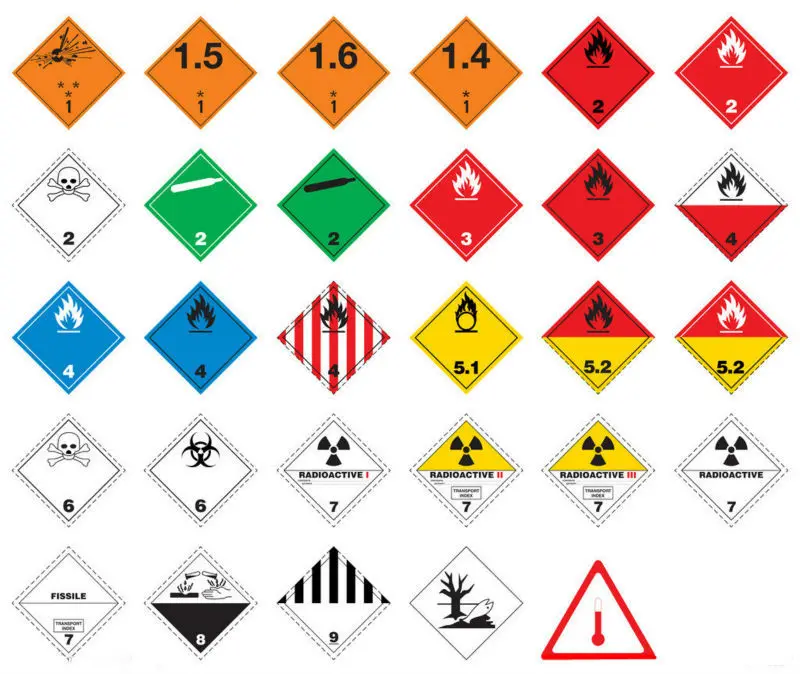 In addition, the option of a light and quick breakfast, beloved by children (and sometimes their parents), will “give” the body extra sweeteners, flavor enhancers and flavors. And if you see the inscription “enriched” on the packaging, this only indicates that the product has undergone maximum industrial processing.
In addition, the option of a light and quick breakfast, beloved by children (and sometimes their parents), will “give” the body extra sweeteners, flavor enhancers and flavors. And if you see the inscription “enriched” on the packaging, this only indicates that the product has undergone maximum industrial processing.
Maybe replace muesli flakes? Maybe. But not the fact that they will be more useful.
— Any muesli due to the content of cereals and nuts is quite high in calories: from 300 kcal and more, — says dietitian Elena Pavlovskaya. - Baked ones are fried in oil: they are, of course, tasty and crispy, but this is more a dessert than a healthy meal. The recommended amount of muesli even for an adult is no more than 30–50 grams per day. Do not forget that there are contraindications to eating muesli: if you have an exacerbation of gastritis or problems with the intestines, you do not need to eat them. They contain a lot of dietary fiber, which can irritate the mucous membrane of the stomach and intestines.
Elena Pavlovskaya — dietitian, candidate of medical sciences, researcher at the clinic of the Research Institute of Nutrition of the Russian Academy of Medical Sciences.
Vitaliy Kalistratov / Network of city portals
Share
3
Juice
Children's juice producers are usually honest with their little consumers. In their examination products, neither sulfur dioxide (a preservative), nor ethyl alcohol, nor patulin (a toxic substance of natural origin that affects the digestive tract; sometimes present in food) is found. These drinks are made from exactly the fruits indicated on the package, they even contain a certain amount of vitamins and nutrients. But what's the catch?
— Let's start with the fact that the best source of liquid, both for a child and an adult, is water, says dietitian Irina Borodina.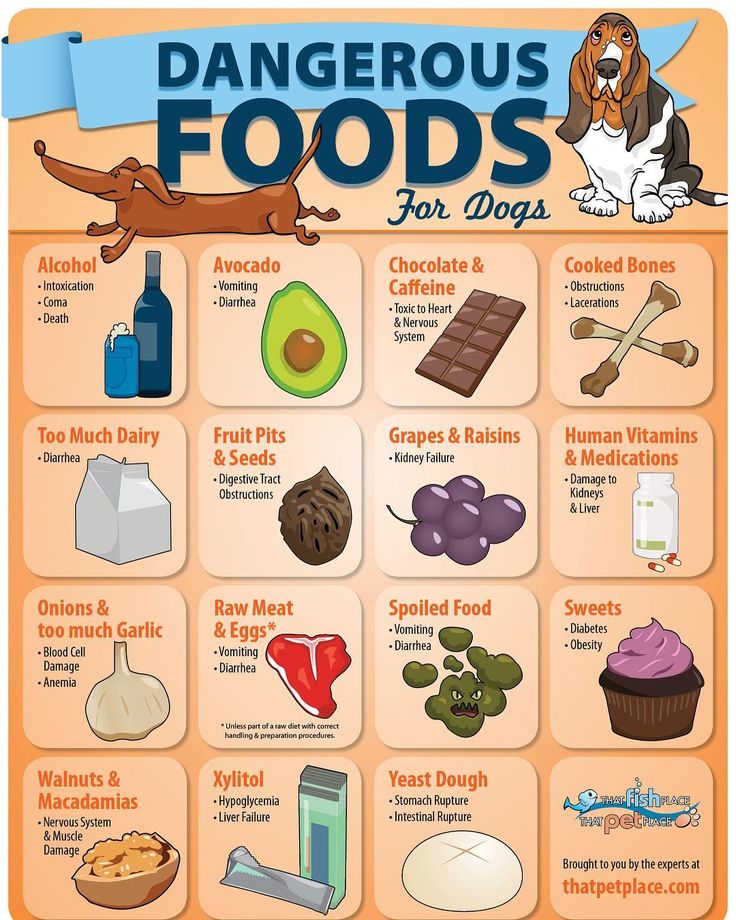 – Theoretically, juices can be used for baby food, but we must remember that packaged juices contain a lot of sugar, have a high glycemic index, increase appetite, have a sweet taste, which can lead to the formation of wrong taste preferences and refusal of some children from unsweetened foods (vegetable puree, porridge without sugar). For children 7-12 months old, the World Health Organization generally recommends not giving juices, but chopped raw fruits and vegetables: for example, banana, melon or tomato.
– Theoretically, juices can be used for baby food, but we must remember that packaged juices contain a lot of sugar, have a high glycemic index, increase appetite, have a sweet taste, which can lead to the formation of wrong taste preferences and refusal of some children from unsweetened foods (vegetable puree, porridge without sugar). For children 7-12 months old, the World Health Organization generally recommends not giving juices, but chopped raw fruits and vegetables: for example, banana, melon or tomato.
Irina Borodina — dietician, candidate of sciences, therapist of the 1st category.
Rospotrebnadzor notes that the most useful juice products are freshly squeezed juices made at home or in a restaurant. They retain the vitamins that were in the "source codes". But even they are not as healthy as whole vegetables and fruits due to the abundance of simple carbohydrates and low fiber content. Pasteurized direct-pressed juices are somewhat less useful. They are made from fresh vegetables, fruits or berries by mechanical pressing, and then kept at a temperature of 60-80 degrees: this method allows you to save a significant part of the beneficial properties of freshly squeezed juice.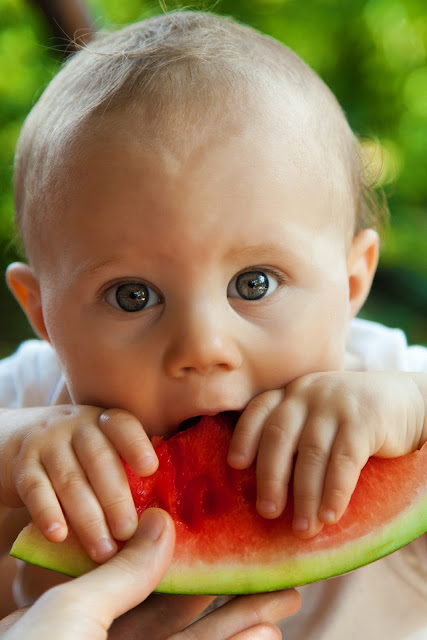 Reconstituted juice is even less useful. There are very few vitamins in it, and to make it healthier, manufacturers can artificially add vitamins and other biologically active substances (and this will be enriched juice).
Reconstituted juice is even less useful. There are very few vitamins in it, and to make it healthier, manufacturers can artificially add vitamins and other biologically active substances (and this will be enriched juice).
Vitaly Kalistratov / City Portal Network portalsReconstituted juice is not the best treat for children
Vitaly Kalistratov / Network of city portalsHow to distinguish good yogurt from bad
Vitaly Kalistratov / Network of city portals
Share
4
Yoghurt
If children tried the “proper” yogurt, most likely they would refuse it once and for all - it is almost tasteless. But in a natural product there are definitely those very living bacteria for which it is valued. But the choice of thermally processed yogurts (the very ones that you see on store shelves) is Russian roulette. In addition, it is important to separate at least two types of products in it: for babies from eight months and for children from three years old.
Yoghurts for babies from three years of age usually contain almost twice as much sugar as yogurts for babies from eight months. For a child under three years of age, this amount of sugar puts a lot of stress on the liver and pancreas. The risk of developing diabetes and obesity increases. Therefore, added sugar in complementary foods, if possible, should not be at all. Also, yogurts for children over three years old may have a higher acidity, which is also not good for babies.
Children's dairy products should contain no more than 7-8% sugar. Studies show that in some cases this norm is significantly exceeded (but who will tell you about it on the packaging!) - 10% or more. Three sugar cubes in one jar. Half the daily value of an eight-month-old baby.
— For example: ice cream contains four tablespoons of sugar, vanilla yogurt contains five, and 300 grams of sparkling water contains nine, says Irina Toropygina. “Besides, we all heard about probiotics, but their effect is somewhat exaggerated.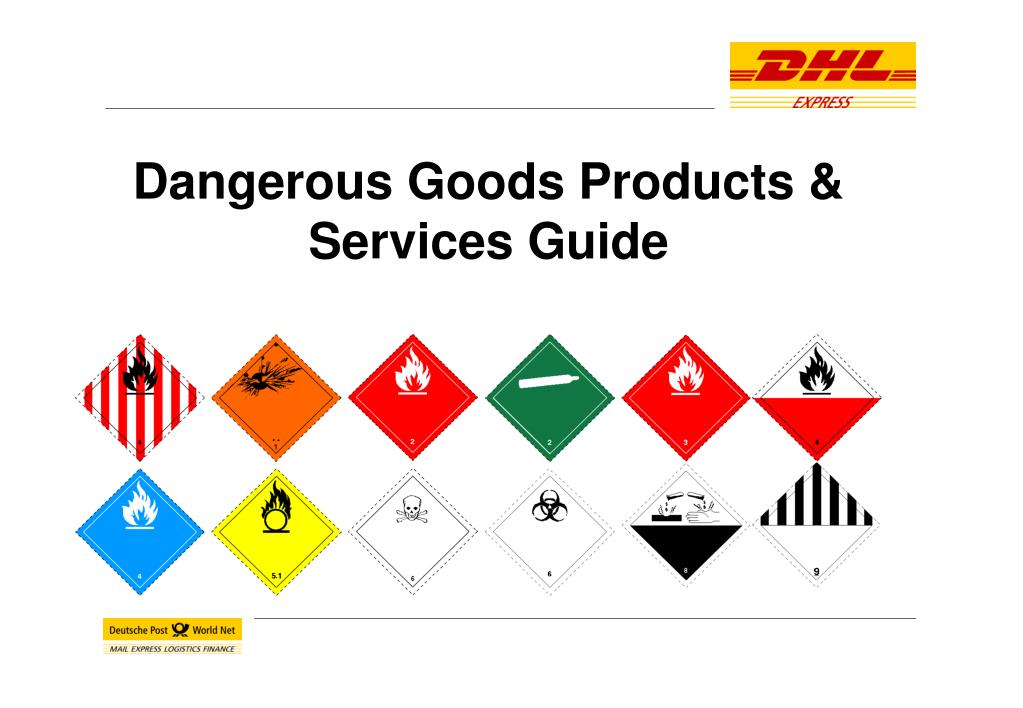 They artificially settle in the intestines and restore the population of beneficial bacteria. This is their main property. However, most of it is lost during digestion.
They artificially settle in the intestines and restore the population of beneficial bacteria. This is their main property. However, most of it is lost during digestion.
Vitaliy Kalistratov / Network of city portals
An important component of yogurt is calcium. According to reference data, natural yogurt should contain 110–125 mg of calcium per 100 g of product. Some manufacturers promise even more - up to 240 mg. But these numbers remain only on the packaging. Experts checked how much calcium is in different yogurts. It turned out to be 2-3 times less than promised. That is, sometimes manufacturers take the numbers on the packaging, as they say, from the ceiling.
Calcium is essential for normal growth and development of the child. With its deficiency, the formation of bones and teeth is disturbed, children suffer from nervous disorders, increased nervous excitability, and convulsions may occur. The daily requirement for calcium depends on the age of the child.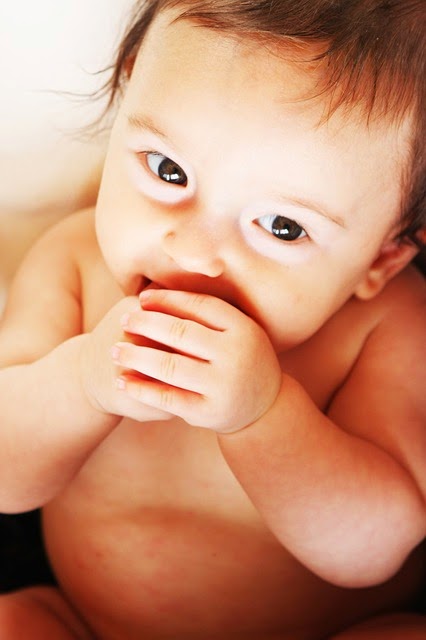 It is, according to the norms of physiological needs for energy and nutrients for various groups of the population of the Russian Federation: from birth to 3 months. - 400 mg, 4-6 months. - 500 mg, 7-12 months. - 600 mg; from 1 year to 3 years - 800 mg, from 3 to 7 years - 900 mg, from 7 to 11 years - 1100 mg.
It is, according to the norms of physiological needs for energy and nutrients for various groups of the population of the Russian Federation: from birth to 3 months. - 400 mg, 4-6 months. - 500 mg, 7-12 months. - 600 mg; from 1 year to 3 years - 800 mg, from 3 to 7 years - 900 mg, from 7 to 11 years - 1100 mg.
“Children get only empty carbohydrates from sweet yoghurts,” says pediatric endocrinologist Natalia Lomonosova. - But dairy products cannot be excluded from the children's diet. They can and should be eaten. But let it be ordinary kefir, without sugar. If the child loves "Snowball", add half a teaspoon of sugar to a glass of kefir, it will be more useful. The child will receive both calcium and protein.
Vitaly Kalistratov / City Portal NetworkReconstituted juice is not the best treat for children
Vitaly Kalistratov / City Portal NetworkHow to tell good yogurt from bad
Vitaly Kalistratov / City Portal Network
Share
5
Instant noodles8 have been proven 9002 these doshiraki are the same egg noodles, and without the seasonings that are in the package with the product, everything is not so bad.
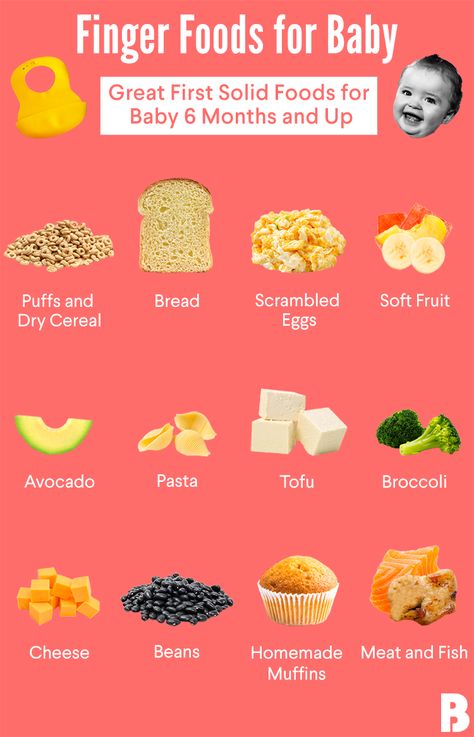 But it should be excluded from baby food. Instant noodles, brewed according to all the rules indicated on the package, are mostly rich in phthalates - chemicals that can cause endocrine disruption, reduce testosterone levels and harm reproductive performance. A large amount of phthalates, as it turned out, is contained in cheese powder (it's time to skip the cheese-flavored pack) - more only in flexible PVC and some types of cosmetics. For all that, the European Union, known for its strict regulations on food and household chemicals, has not listed phthalates on the list of highly hazardous substances, so manufacturers, in general, work within the established norms.
But it should be excluded from baby food. Instant noodles, brewed according to all the rules indicated on the package, are mostly rich in phthalates - chemicals that can cause endocrine disruption, reduce testosterone levels and harm reproductive performance. A large amount of phthalates, as it turned out, is contained in cheese powder (it's time to skip the cheese-flavored pack) - more only in flexible PVC and some types of cosmetics. For all that, the European Union, known for its strict regulations on food and household chemicals, has not listed phthalates on the list of highly hazardous substances, so manufacturers, in general, work within the established norms. We didn’t analyze fast food by molecules, but we studied other food popular with childrenPhoto: Ilya Barkhatov / 74.RU portalsHow to distinguish good yogurt from bad
Vitaliy Kalistratov / Network of city portals
Share
ChildrenFoodBreakfastSchool breakfasts
SURPRISE0
Surgery1
Comments 34
Read all comments to commentary commentYou join
The most vivid photos and videos of the day - in our groups on social networks
- VKontakte
- Telegram
- Yandex.
